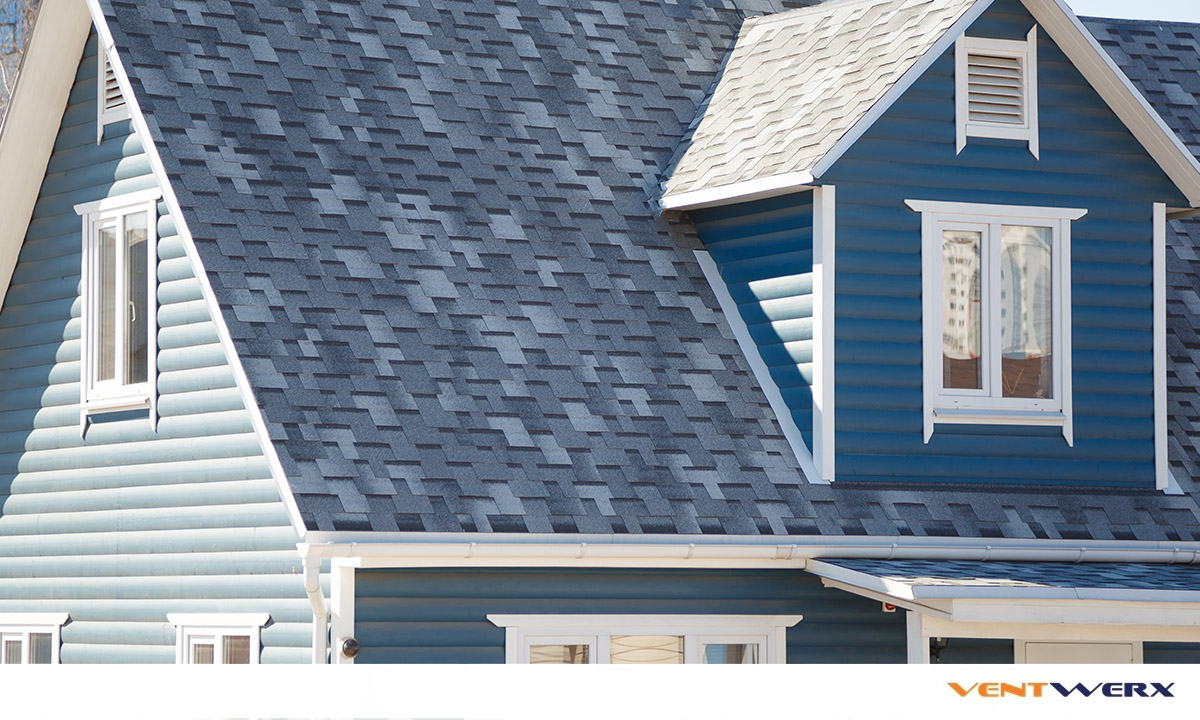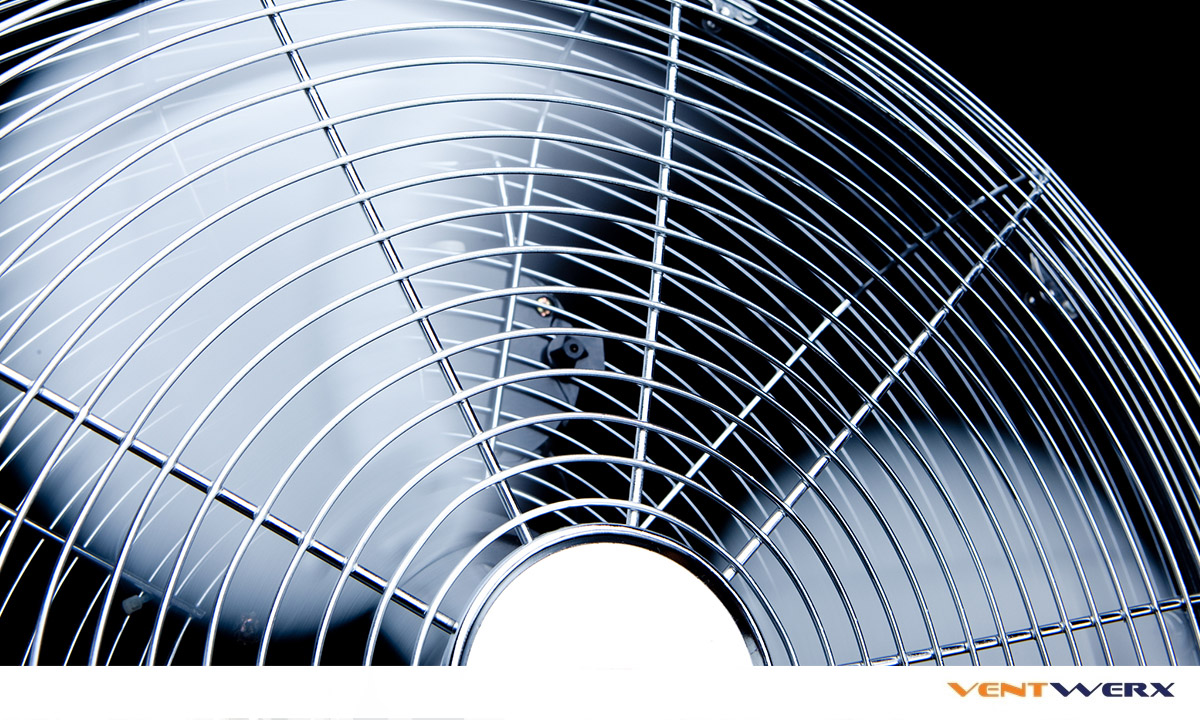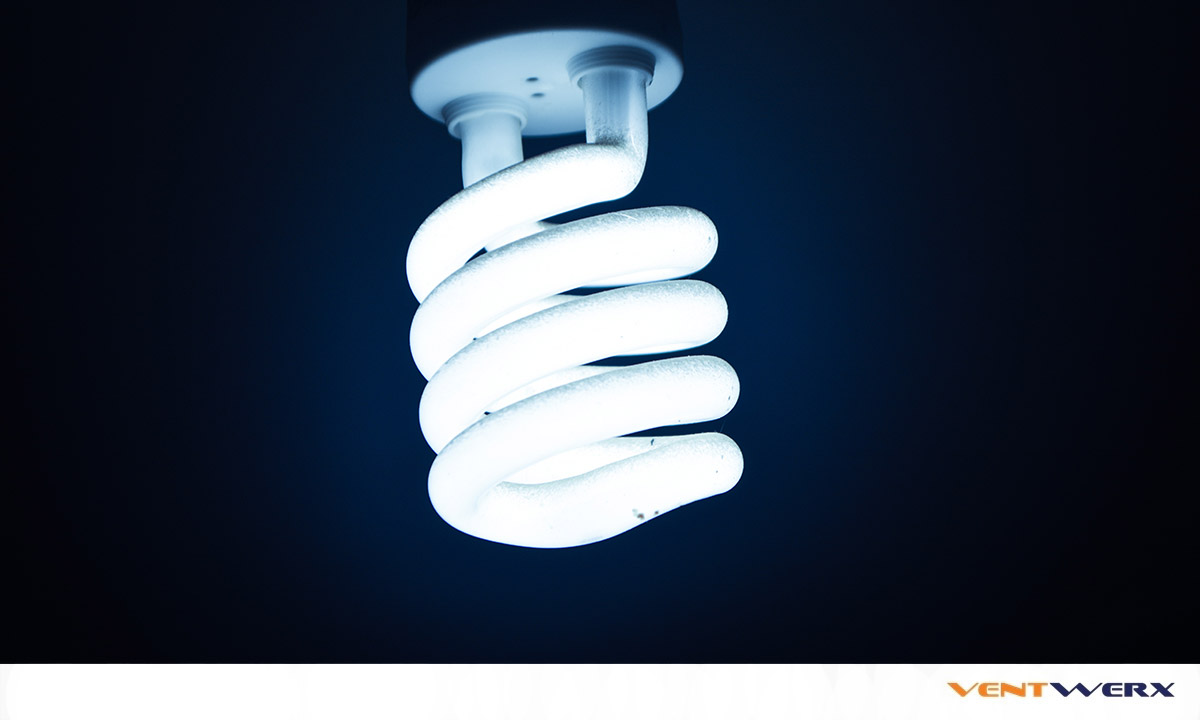18 Ways to Keep Your House Cool Without Using Air Conditioning
How Do You Keep Your House Cool Without Constantly Running the Air Conditioning?
As the summer months roll on, the temperature gets hotter, and most of us run our air conditioner more often. While this helps us feel more comfortable indoors, the downside is this often results in a higher electric bill. It is estimated that Americans spend close to 15 billion dollars a year on air conditioning.
However, no one wants to be miserable in the sweltering heat indoors during summer. How can you keep your house cool without using air conditioning? Or, how can you reduce your air conditioning use while keeping your house comfortably cool?
We’ll look at 18 different ways you can keep your house cool without running the AC.
1. Keep the Blinds Closed
About 30 percent of the heat inside your home comes through the windows. To keep the solar heat from making rooms hotter, use blinds or window shades to keep the sunlight out, especially on windows that face south or west. By blocking the solar heat, this can reduce indoor temperatures by as much as 20 degree during the peak of summer. This will help you save roughly 7 percent on the cost of electricity for cooling.
2. Use Curtains to Keep Sunlight Out
By utilizing light-colored curtains, this can block the sunlight and solar heat near sliding glass doors, keeping the room cooler.
3. Plant Shade Trees Outside Your Home
Some strategically placed trees can have long lasting effects on both the exterior and interior temperature of your home.

This is a long-term solution, as the larger the tree grows, the more solar radiation it will block from entering your home – up to 70% for a fully-grown tree.
This can reduce the inside temperature of your home by 5 to 10 degrees Fahrenheit during the summer months. Trees not only provide shade, they also absorb CO2 and produce oxygen and water vapor (a process known as evapotranspiration). Deciduous trees, banana plants, palm trees, dwarf figs, myrtle trees, and mimosa tress are all good choices for shade trees.
4. Add Awnings or Shades to Your Home’s Exterior
Most of the solar heat that enters your home comes through the windows. Awnings, shades, or shutters can help shade some of that solar radiation from coming through, making your house cooler.
Awnings are the most effective way to do this, but require the largest initial investment. Be sure to place awnings on south-facing and west-facing windows for maximum heat reduction.
5. Get a Cool Roof
Have you ever noticed how black objects are hotter than lighter objects when both are left in the sun? Or how black car seats are scorching hot on a summer day? The same principle applies to your roof. Regular shingles are made of tar, which is black, and absorbs heat. This heat is transferred to the interior of your home.
There are a few ways you can make your roof a cool roof. Replacing the standard shingles with shingles made from heat-resistant materials (like slate, clay, or concrete). You can also paint your roof with a white or light-colored paint made specifically for roofs. Check your home-owners warranty to see if making these modifications will void your warranty.

6. Install Attic Insulation
What might surprise people is that attic insulation is not only helpful for retaining interior heat in the winter, but it also helps retain cool temperatures in the summer.
The US Department of Energy says you can save up to 20% of your heating and cooling costs, and 10% of your total energy costs by installing insulation to attics, floors, basements, and crawl spaces, and by plugging air leaks.
Cool air can escape through your roof if it is not properly insulated.
7. Use Ceiling Fans Correctly
Many people don’t know this, but in the summer months, you should set your ceiling fans to rotate counterclockwise on high speed. This pulls the hot air up and pushes cool air down, creating a windchill effect. In the winter, set your ceiling fans to rotate clockwise, on low speed to push the hot air down into the room.
The US Department of Energy says you can save up to 20% of your heating and cooling costs, and 10% of your total energy costs by installing insulation to attics, floors, basements, and crawl spaces, and by plugging air leaks.
Cool air can escape through your roof if it is not properly insulated.
8. Open Doors in Your Home During Summer
In the colder months, you should close the doors inside your home to trap heat. In the summer months, you should open the doors inside to let air flow through the interior of your home.

9. Create Airflow in Your Home Using Box, Oscillating, and Window Fans
If you have a multi-story house, the upper stories will be warmer, because heat, and warm air rises, while cool air sinks down to the lower floors.
To create a miniature wind tunnel that funnels the hot air out, crack a window on the bottom floor, and set a window fan on the top floor, at the opposite end of the home that sucks hot air out. This will create air flow that circulates the warmer air out.
You can also set up box fans to circulate air throughout your home, using the same method, to circulate cool air, while releasing warm air through a window at the far end of the house.
10. Properly Seal Windows and Doorjams
Cool air can escape through cracks in windowpanes or doorways. Make sure these crevices are properly sealed. This will also help keep your home warmer in the winter.
11. Run Bathroom Exhaust Fans Longer
When you take a hot shower, that heat dissipates into the rest of your home. By running the bathroom exhaust fan for an extra half-hour after a shower, that will pull the excess heat out of your home. The energy cost on these fans is extremely low.
12. Unplug Appliances That Are Not in Use
Appliances that are plugged still produce a small amount of heat. Phone chargers, toasters, TVs, all produce a small amount of heat from being plugged in. By unplugging appliances not in use, this will help keep your home cool during the summer.
13. Switch to No-Heat or Low-Heat Lighting
Traditional incandescent light bulbs emit a lot heat. A 1oo watt incandescent light bulb can increase the heat by 11 degrees Fahrenheit in a small room. By switching to compact fluorescent lightbulbs (CFLs) or light emitting diodes (LEDs), you will reduce the heat generated by electric lighting, keeping your home cooler.
Turning off lights that are not in use will also help keep your house cool.

14. Cook Indoors Less, Grill Outside More
Cooking inside makes your house hotter. By planning meals in advance, or using an outdoor grill or microwave, it keeps your stovetop or oven from creating unwanted heat in the summer.
If you do use the stove inside, run the vent fan, so the warm air is moved outside.
15. Do Chores At Night
Large appliances like your washer, dryer, or dishwasher expend a lot of electricity and radiate heat. By saving chores like laundry and washing dishes for the nighttime, when temperatures are cooler, you will save energy and keep the internal temperature of your home low.
16. Open Windows At Night
During the nighttime, when external temperatures are lowest, you can open windows and let the cool night air flow your home. When the sun comes up, and the sunlight begins to raise the temperature outside, you can crack the window and run fans to create an airflow.

17. Use a Dehumidifier
Some areas have a high humidity. This makes even moderately high temperatures feel uncomfortable. Using a dehumidifier in your home will reduce the humidity in the air, making the air feel cooler.
18. Sleep in Thin, Breathable Sheets
During the autumn or winter, it makes sense to use thick sheets and blankets. During the warmer summer months, switch to cotton or other thin linens. This will help the cool air circulate through to your body, making you feel more comfortable, helping you stay cool at night and get a good, deep sleep..
Summary
These are some practical suggestions for helping you keep your house cool during the summer months without running your air conditioner. If you follow these tips, you will save money on energy, and stay cool when the temperature rises.